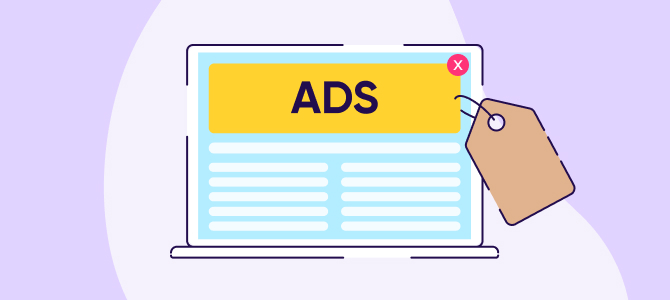The Power of Structured Content
Unlocking SEO Potential with H1, H2, and H3 Tags
Effective use of heading tags is crucial for both search engine optimization and user experience. H1 tags serve as the main title, while H2 and H3 tags organize content hierarchically, making it easier for readers and search engines to understand your article’s structure.
Crafting Compelling Headlines
Optimizing H1 Tags for Maximum Impact
Your H1 tag should be concise, keyword-rich, and attention-grabbing. Aim for headlines that are eight words or less, incorporating relevant keywords naturally. This approach helps search engine crawlers and human visitors quickly grasp the essence of your content.
Structuring Your Content
Leveraging H2 and H3 Tags for Clarity
Use H2 tags to introduce main sections of your article, expanding on different elements of your H1. H3 tags can then be employed to break down these sections further, enhancing readability and SEO performance. This hierarchical structure guides readers through your content seamlessly.
Keyword Integration
Balancing SEO and Readability in Headers
Incorporate both short-tail and long-tail keywords into your headings, but prioritize clarity and relevance. Avoid keyword stuffing and ensure that each heading provides value to the reader while aligning with your overall SEO strategy.
Mobile Optimization
Adapting Headings for Smaller Screens
With the majority of users accessing news on mobile devices, it’s essential to create responsive designs that display headings effectively across all screen sizes. Consider collapsing menus and prioritizing content loading to enhance the mobile user experience.
Technical Considerations
Enhancing Crawlability and Site Structure
Proper use of heading tags contributes to your site’s overall technical health. It helps search engines understand your content structure, improves crawl efficiency, and can positively impact your site’s crawl budget, ensuring more of your pages are indexed promptly.
Creating Evergreen Content
Utilizing Headings for Long-Term SEO Success
While news articles often have a short lifespan, creating evergreen content with well-structured headings can provide a consistent stream of traffic. Use headings to organize comprehensive, in-depth articles that remain relevant over time.
Avoiding Cannibalization
Strategic Use of Headings for Topic Focus
When covering ongoing news topics, use headings to differentiate between updates and main topic pages. This helps prevent keyword cannibalization and guides search engines to the most appropriate page for a given query.
Implementing Best Practices
Fine-Tuning Your Heading Strategy
Regularly audit your heading structure using SEO tools to ensure consistency and effectiveness. Pay attention to keyword placement, heading length, and the overall hierarchy of your content to maximize both SEO performance and user engagement.

